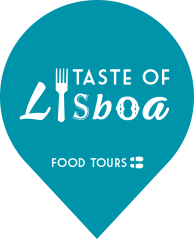FRUITS FROM PORTUGAL
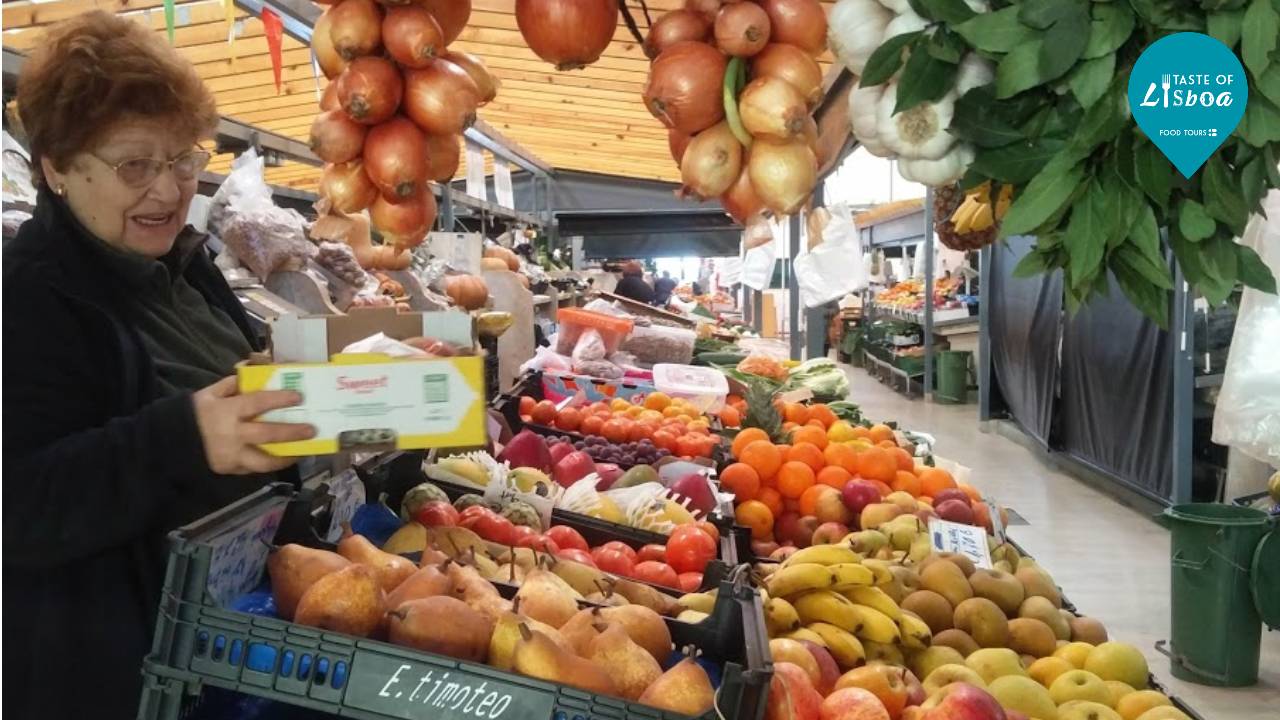
WHAT FRUITS WE GROW AND EAT IN PORTUGAL?
Portugal produces many delicious seasonal fruits. In this article, we share with you the most traditionally eaten in Portugal.
Each season has its charm that allows us to include fresh and nutritious food in our daily lives while supporting local production and protecting the environment.
A pantry full of local and seasonal food is a guarantee of health and flavor. That is why we list you our favorite fruits, as well as some tips on how you can taste them, among recipes and pairing.
SPRING AND SUMMER
In the summertime, there is plenty of fruit that comes from different regions of the country. Melons and watermelons are the most popular at this time of year, because of the freshness of the large amounts of water they contain.
MELLONS

The sweetest melon comes mainly from Alentejo region – where there is sunshine, there is sweetness – and the most common way to enjoy this fruit is to cut lengths that we eagerly bite on the beach or often as a lunch or dinner starter, topped with a slice of cured ham. The contrast between the sweet and fresh flavor of the melon with the dense and salty flavor of the cured ham is a divine pairing.
WATERMELON
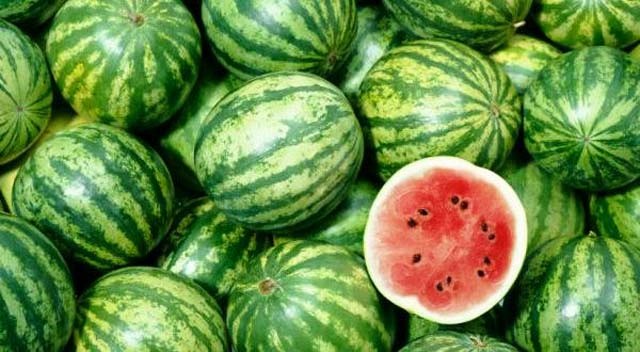
Watermelon comes mainly from Alentejo and Ribatejo. Very juicy and with low in calories, its bright color is due to lycopene (the substance responsible for its reddish color) which is a powerful antioxidant, making this fruit the ideal snack for sunny days on the beach. It can be eaten sliced, cut into cubes, or drink in refreshing juices to which we suggest adding the juice of a lemon and the aroma of mint – simply delicious!
They are both widely found in supermarkets, markets, and local fairs; In summer it is also common and typical to find improvised stalls selling these fruits along the national roads, where we travel towards the holidays.
FIGS
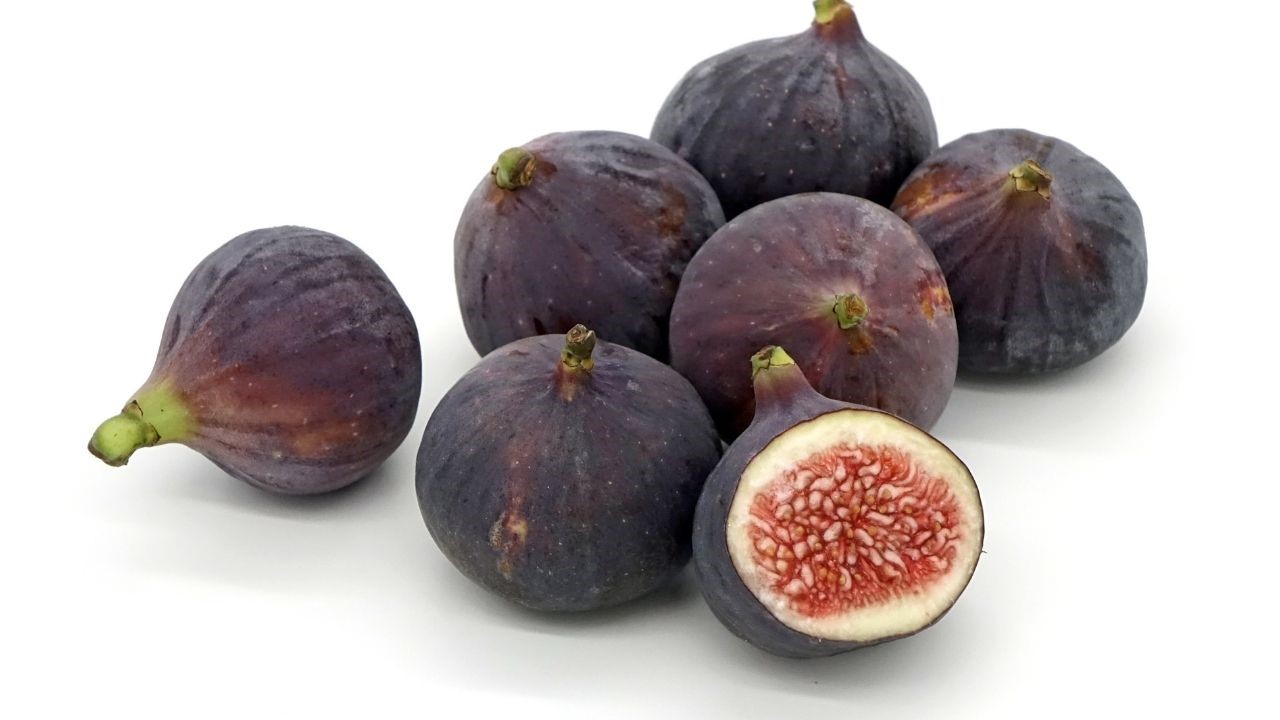
Figs are the summer’s treasure many people spend the whole year longing for them. The fig tree is one of the most rustic fruit trees that best adapts to the hot and dry climate of the Algarve’s summer and this is where most of the production of this fruit comes from.
However, producing figs is a risky bet because they only bear fruit from May to October and when they ripen, they have a very short consumption time – two to three days. That is why when they are on sale they are expensive, but they sell out quickly and “Call it a fig” is a curious and popular expression related to the preciousness of this fruit
In any case, fig trees grow spontaneously in other more rocky areas of the country and demand very little care.
Figs are often associated with holidays at the grandparents’ house, where in the backyard there always existed a fig tree that we used to climb to pick up these sweet fruits like honey.
CHERRY

Finally, cherries are the most awaited promise of this fruit season.
Still in springtime, they mark the beginning of hot and happy days. The region around Fundão, a city in the center of Portugal, is where the best cherries in the country come from.
In June there are real pilgrimages to that region to buy and taste this fruit at the Cherry Festival. There you can be delight yourself with endless cherries, of course, as much as you can also taste and buy cherry jam, chocolate, cherry candies, cherry pastries, cherry liqueur, even gin and brandy made with Fundão’s cherry, to enjoy along the year the irresistible taste of this fruit.
AUTUMN AND WINTER
PEARS
At the beginning of autumn, pear is a widely consumed fruit in Portugal. The most famous and appreciated national variety is Pêra Rocha. Comes from the west of the country north of Lisbon where it is produced and harvested on a large scale, having the DOP certification – Protected Designation of Origin.
It is a yellow pear and often with brown marks on top, sweeter, and very crunchy. It ripens better after being harvested in late August and lasts long being kept in the refrigerator. It can be eaten fresh and can be used to make jam and desserts.
Pears, in general, are also highly appreciated in a traditional Portuguese dessert – Pêra Bêbada (AKA Drunk Pear): pears slowly cooked in a syrup of red wine, sugar, lemon peel, cinnamon stick, and anise star.
PERSIMMONS

Also in autumn, persimmon is the most awaited fruit of the season! Originally from China, in Portugal it is produced mainly in the Algarve. The persimmon is a fruit that ripens very quickly, and this is how it should be consumed: very ripe when it is softer, and very sweet! If you eat it before, you will get an unpleasant feeling of strong astringency, due to the presence of very high tannins.
ORANGES
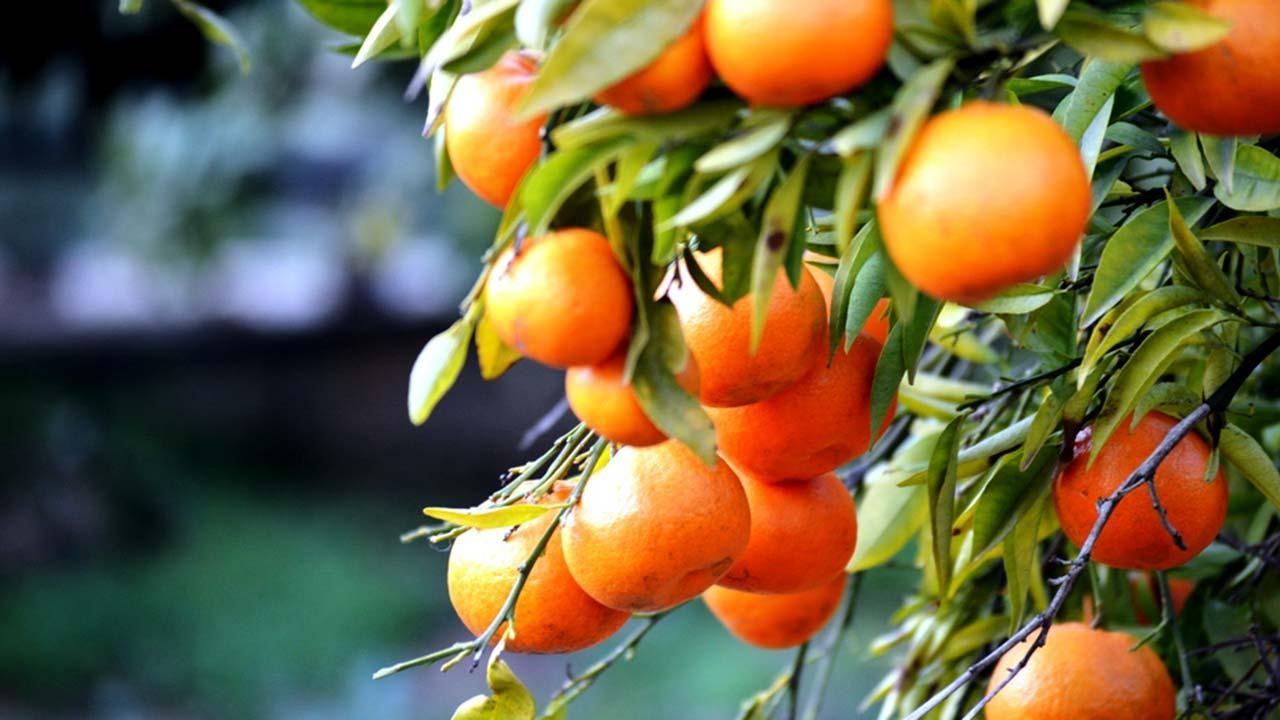
Luckily, during autumn and wintertime, we are fully packed with natural vitamin C sources, as oranges are the second most-produced fruit in Portugal, after apples.
83% of this orange national production is concentrated in the Algarve, south of Portugal, from where the most intense colored, very sweet and juicy ones come from.
Produced and consumed throughout the year, due to the use of mid-season varieties and the so-called late varieties, the Dalmau and the Newhall are harvested between November and March, while the Baía and Jaffa are between February and April, and the Valencia late and Lane late, exclusive from the Algarve, between March and August.
KIWIS
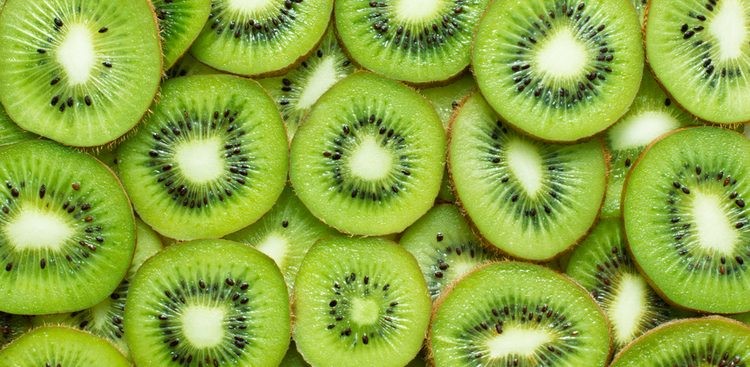
It is impressive how fast this fruit was adopted by the Portuguese and became one we produce and eat more. The first kiwi orchards were installed in Portugal in the 1980s, maintaining production stability until 2009, when production more than doubled.
In Portugal, kiwi production predominates in the Northern Region, Minho, Douro, and the Center region, always by the coastline, because kiwis need high relative humidity in the air, cold winters, and mild summers.
PEACHES
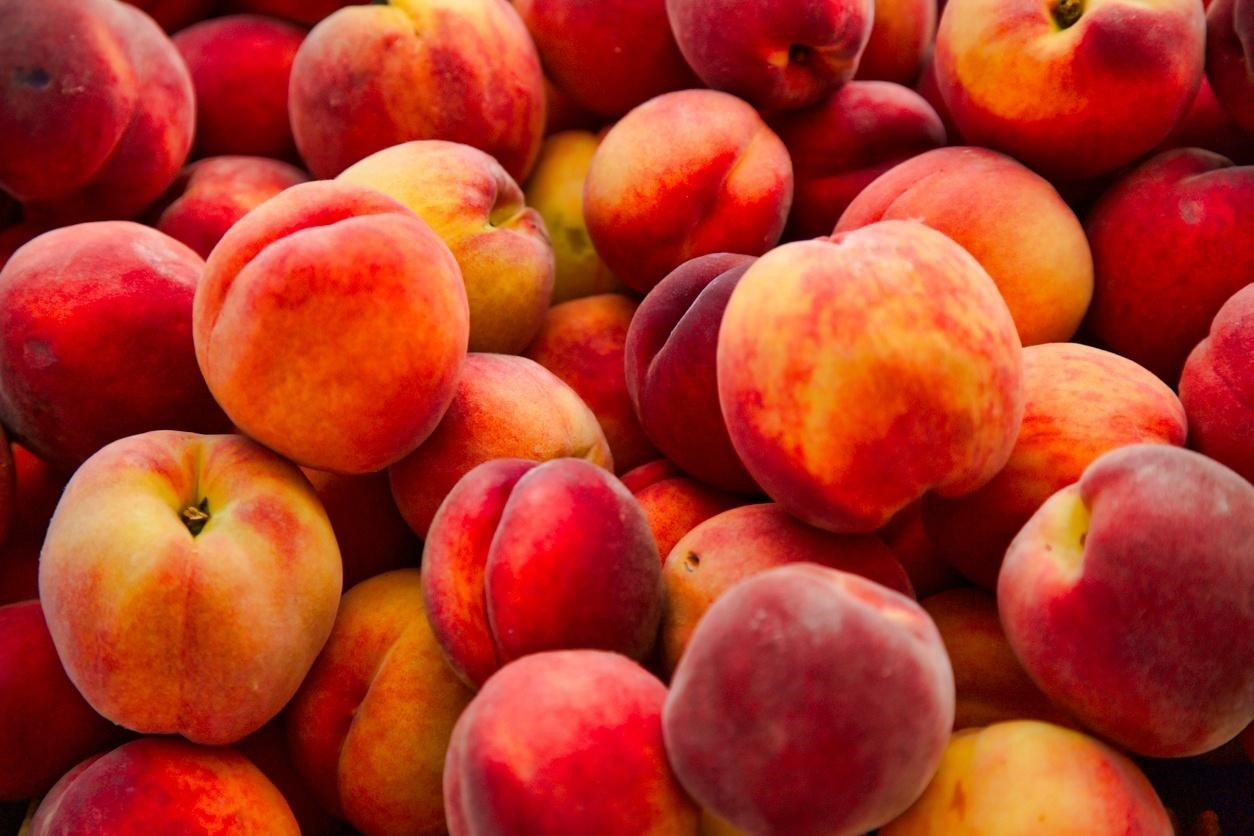
Also between September and October we can find the comfort and sweetness of a yellow Peach, coming from Lisbon region and Tagus river valley. It is consumed raw and is also very used for homemade jams.
DRIED FRUITS

As for nuts, each Portuguese consumes an average of four kilos of dried fruit per year.
The production of dried fruits in Portugal is as important for our economy, as well as in the Portuguese gastronomic and cultural traditions, specially in the regions where they are growing, such as carob, in the Algarve, and the recipes with this almost chocolate-flavored fruit abound.
But probably the biggest national highlights with regard to dry fruits, go to the almond, from Algarve and Alentejo, the chestnut of Padrela, up in the northern Trás-os-Montes region, and the pine nut from Alcácer do Sal, south of Lisbon.
Almonds are particularly consumed at Easter time, caramelized and covered with chocolate. Almonds production in Portugal dates back to the 12th century and was introduced by the Mours. The almond trees in the Algarve are associated with a series of legends mentioning a Nordic princess, trapped in forts and castles in the south of Portugal, missing the snow so much that her Mourish husband planted almonds so that, at the time of blossoming (January / February) ), she thought she was surrounded by snow due to the pinkish-white of almond’s flowers.
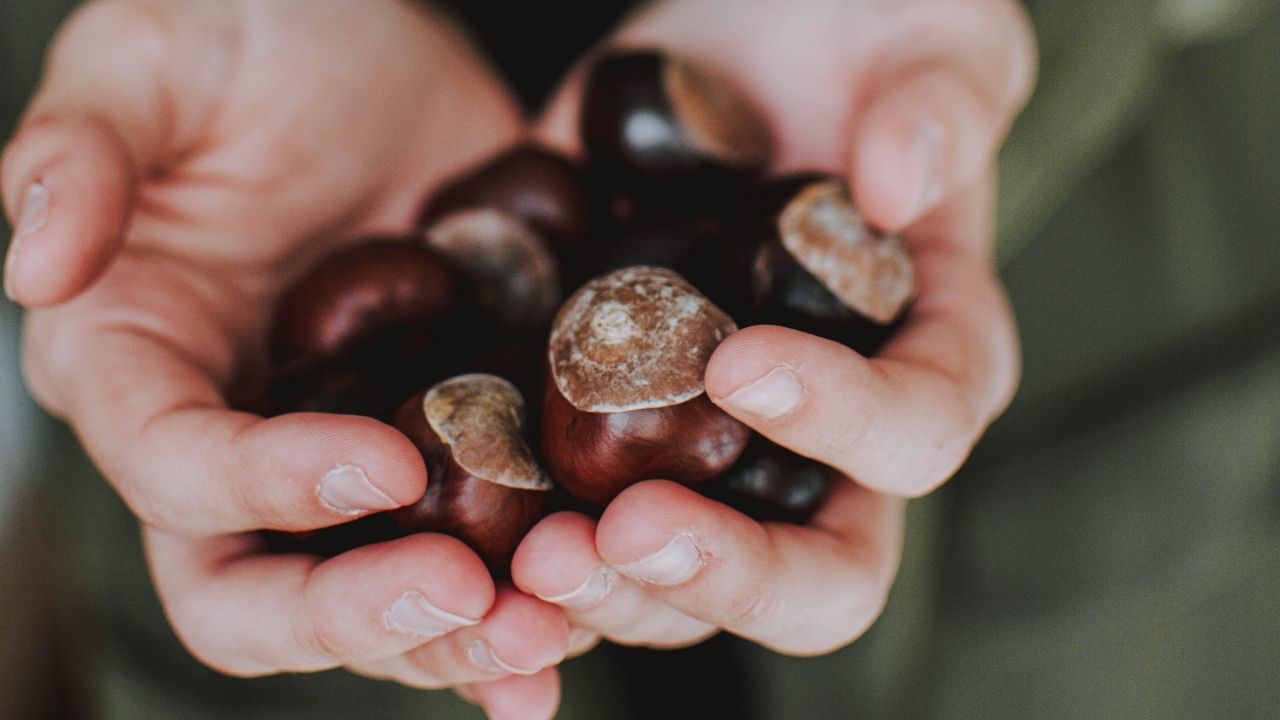
As for chestnuts, there is no autumn in Lisbon without the smell and sweet taste of roasted chestnuts sold in paper cartridges, in a “hot and good” way, as the jargon says. In Portugal, chestnuts are also used as a side dish. If you want to immerse yourself in true traditional Portuguese flavors, try a nice roasted pork loin with chestnut purée!
Last but not least, the pine nut is known as the white gold of the forests and it is an excellent product from Portugal. This small velvety seed is indeed quite valuable and increasingly rare, but Portugal is fortunate to have a considerable forest area of stone pines, especially around the Tagus Valley, Alcácer do Sal and Coruche, having the best pine nuts in the world and making us one of the main pine nut worldwide organic growers.
THROUGHOUT THE YEAR
Finally, and throughout the year, Portugal produces 3 more highly prized and consumed fruits: apples, pineapples and bananas.
APPLE
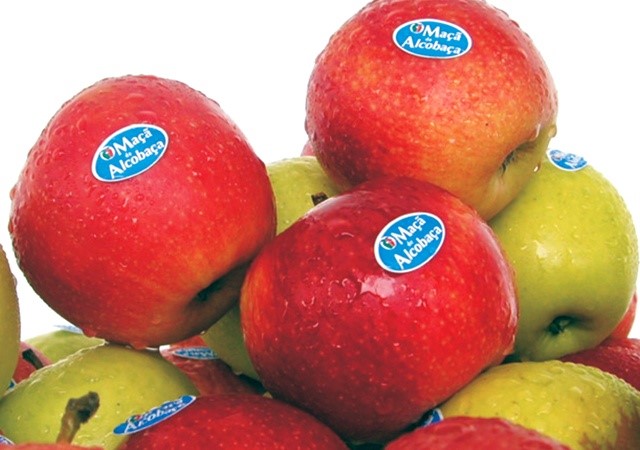
“An apple a day, keeps the doctor away”. This old saying is the right motto for buying the most famous apple brand in the country – Maçã de Alcobaça (Apple of Alcobaça). Alcobaça is a town in the West region, north of Lisbon, surrounded by apple gardens.
Due to the ideal climate, soils rich in nutrients, pollination and water quality, this Protected Geographical Indication (PGI) region produces, on a large scale, 9 apple varieties: Golden Delicious, Red Delicious, Royal Gala, Casanova de Alcobaça, Fuji, Granny Smith, Reineta, Jonagold and Pink – which are considered the best in Portugal.
More than apple pie, the most popular dessert with apples in Portugal is baked Reineta apple, with Port wine, sugar and cinnamon. Easy and fast to bake is frequently offered in many Portuguese restaurant menus, as well as present at our family home’s table.
Want to try at home? Here it is the recipe’s directions: remove the pits from the center of the apple, without dismantling it, make some light cuts in the skin, so as not to burst with the heat, pour brown sugar on top of each apple, sprinkle a bit of Port wine and take it to the oven on a tray for 25 minutes, with a little water on the bottom and cinnamon sticks for flavoring. It is delicious and comforting.
From the islands, we get two more highly prized fruits, which normally have their production more associated with tropical countries.
PINEAPPLE
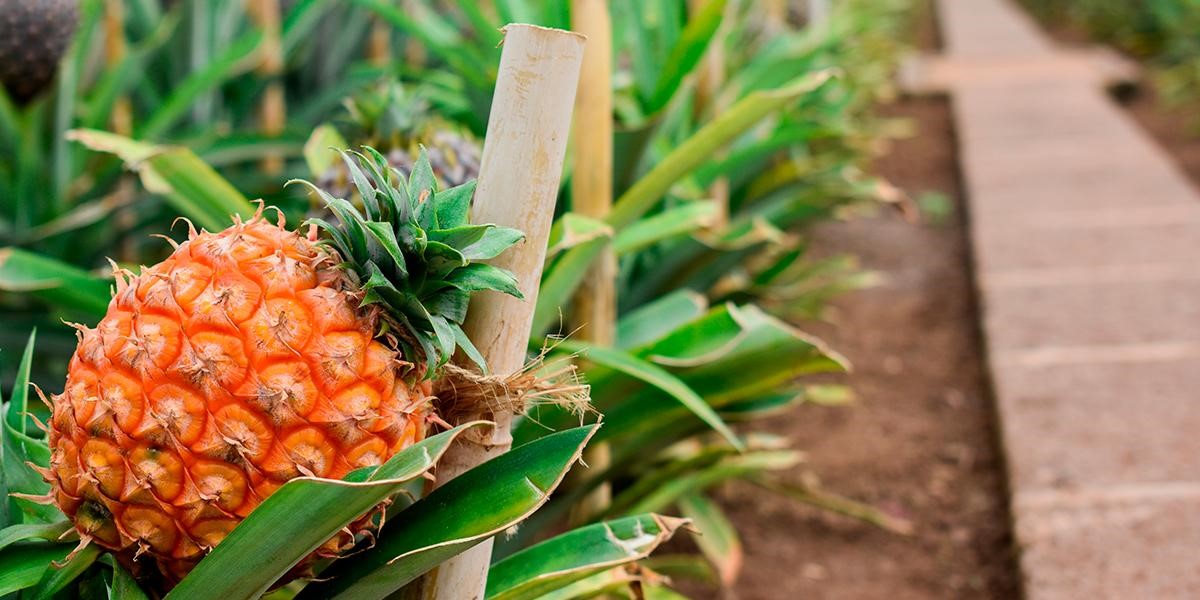
Pineapples exist in the Azores archipelago, because when the Portuguese discovered this fruit during the colonization of Brazil and brought it to these islands, where today it is grown in greenhouses and are consumed all year round. Slightly less sweet than the ones from americas, is very sought after and always present at the Christmas table of many Portuguese families.
BANANA

Banana comes from Madeira, which is a crop that has existed on the island since its settlement in the 15th Century.
Banana from Madeira is a smaller variety of this fruit so consumed worldwide. This one has a sweeter and more intense flavor due to the excellent sun exposure and the abundant water from the north of the island through canal irrigation, called levadas.
Banana from Madeira is a very famous variety in the world also due to a curious advertising campaign headed by the mother of the best known international football player, Cristiano Ronaldo, native from this island.
We end this Taste of Lisboa’s journey through the flavors of Portugal, which you can now save for when you feel like eating seasonal fruits, sweet, fresh, and tasty, in the good Portuguese way.
Feed your curiosity on Portuguese food culture:
Travel around Portugal in 18 foods (without leaving Lisbon)
Foods you didn’t know were Portuguese
Alcohol-free Portuguese drinks you will love to try
10 Portugueses cheeses you must try
Real people, real food. Come with us, where the locals go!
Join us in our natively curated food & cultural experiences.
Follow us for more at Instagram, Twitter and Youtube
